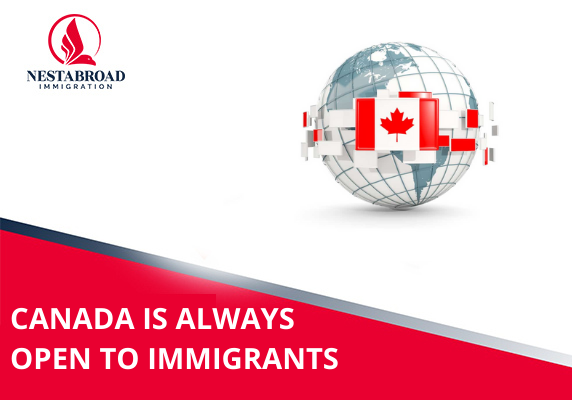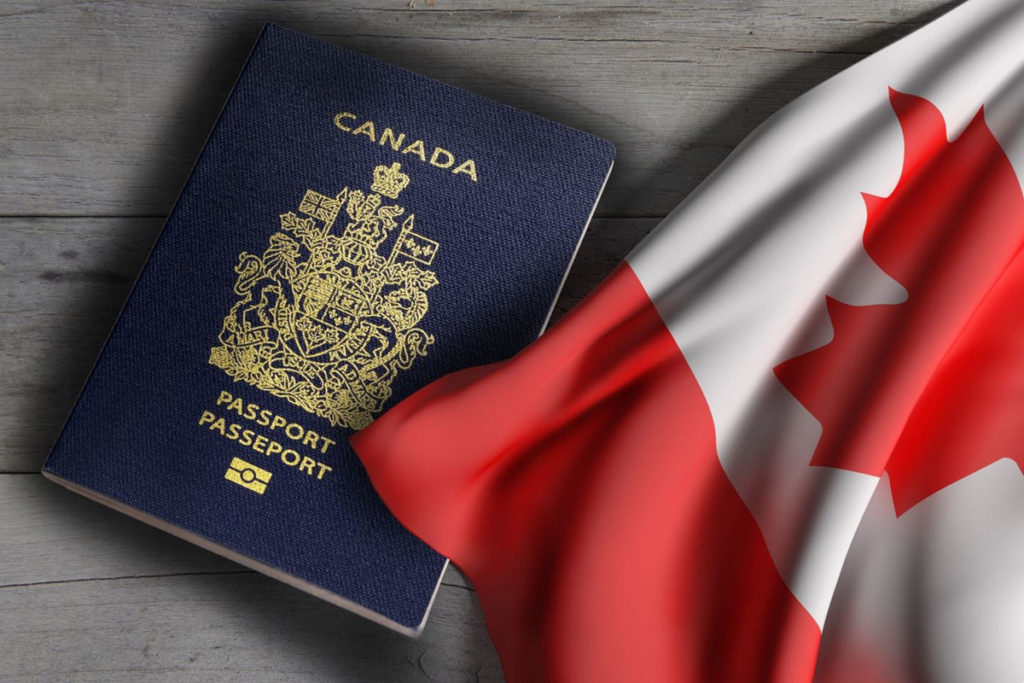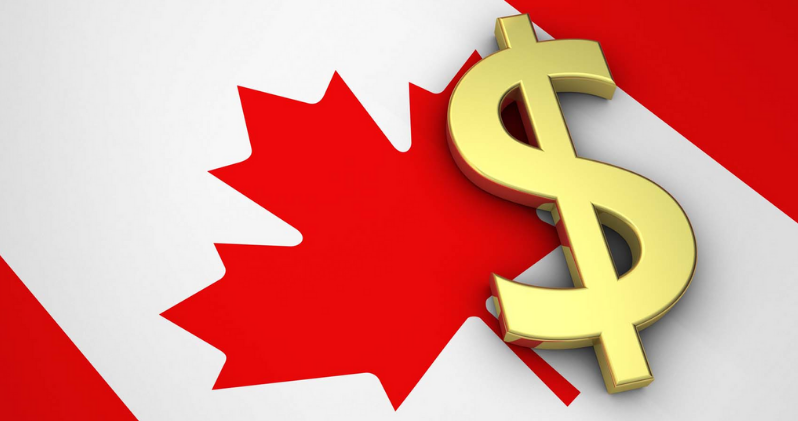
Canada is always open to Immigrants!
Over the last couple of years, Canada has built a strong reputation for welcoming immigrants with open arms. Canada is renowned worldwide for a multicultural environment. Immigration is helping Canada counter the ageing population while powering the economy. Additionally, Canada is growing as an attractive destination for immigrants due to the restrictive immigration policies of the United States.
In the 1960s and 1970s, various legislations laid the groundwork for the immigration regime of modern Canada which reflects multiculturalism.
In 2019 alone, around 340,000 individuals became new permanent residents of Canada. Most of this share comprises Indians and several are skilled professions. Additionally, Canada accepted about 800,000 temporary workers and international students.
In fact, Ontario is the leading destination for immigrants. The province saw a 45% in new permanent residents, while the majority of them settled around Toronto.
Basis of the Canadian Immigration Program
Economic Basis
Most economic immigrants apply through federal high-skilled worker programs. Likewise, others come through a point system that gives preference to younger candidates with job offers and high levels of experience, education, and language proficiency in English and/or French. The government invites high-ranking individuals to apply for permanent residency. Then, they undertake a comprehensive and costly procedure consisting of language testing and biometric screening. This occurs every 2 weeks and usually, applicants receive a decision within six months.
At the same time, the Provincial Nominee Program is the second-largest economic immigration pathway. It accounts for around 1/3rd of all economic migrants.
Also, there are programs for individual provinces like the Quebec-specific programs, here they choose candidates according to the economic needs of a particular province. However, the government still has to approve these provincially supported immigrants. Usually, such immigrants get permanent residency. Other countries like the United States are taking inspiration from such programs to bolster cities with dwindling population or growth.
Family Basis
Spouses, partners and children, all belong to this class of immigrants. Legal permanent residents apply to sponsor their relatives and they must apply for permanent residency too. Also, same-sex couples are recognised under this program. However, they have to provide proof of a long-standing relationship, if unmarried.
Protected Persons and Refugees Basis
Did you know Canada overtook the United States as the world’s top refugee re-settler? Furthermore, granting permanent residency to more than 28,000 displaced people in a single year, mostly hailing from Africa and the Middle East. Government-assisted and privately sponsored are the two main types of resettled refugees. The UN High Commissioner for Refugees refers to government-assisted refugees based on their location and vulnerability. Government-approved citizens and organisations bring privately sponsored refugees to Canada. They assume financial and legal responsibility for them. Privately sponsored refugees account for roughly two-thirds of resettled refugees. Such refugees cannot apply directly to settle in Canada. Moreover, all of them undergo rigorous screening by Canadian officials and tend to have permanent residency when they enter Canada.
Humanitarian and Other Basis
Under this section, a small number of people gain Canadian permanent residency. Accordingly, this section includes a broad range of humanitarian and compassionate reasons. This can include specific atrocities that applicants could face if they had to return to their home countries. In this case, individuals must receive permission to apply. Then, officials consider various factors such as the applicant’s connection to Canada and the circumstances they could face if denied immigration.
How does Canada help these immigrants adjust?
 Canada provides immigrants with orientation programs, skills training, social services, and pathways to citizenship to assimilate them into society. Accordingly, 70% of the immigration budget has funded settlement programs. Immigrants possess a high level of satisfaction and naturalisation due to such support and make Canada a highly sought-after destination. Did you know immigrants have even risen to prominent positions in Canada such as the prime minister’s cabinet?
Canada provides immigrants with orientation programs, skills training, social services, and pathways to citizenship to assimilate them into society. Accordingly, 70% of the immigration budget has funded settlement programs. Immigrants possess a high level of satisfaction and naturalisation due to such support and make Canada a highly sought-after destination. Did you know immigrants have even risen to prominent positions in Canada such as the prime minister’s cabinet?
Yet, immigrants do continue to lag behind native-born Canadians on certain aspects like economic indicators. However, the disparity has reduced over generations and time. Some immigrants struggle to find employment that complements their skills and qualifications. Working extra hard with strong linguistic skills is the only way for them.
In summary, we can see that Canada is a great destination for immigrants!







No Comments - be the first.